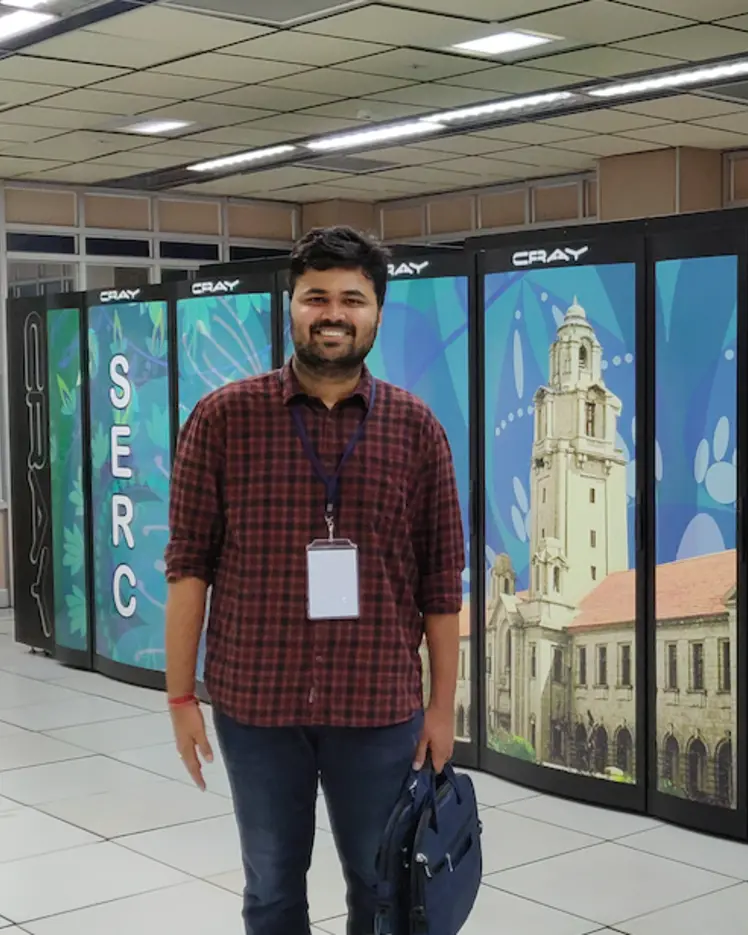
Sabyasachi Sahoo
Doctorat - Université Laval
Superviseur⋅e principal⋅e
Sujets de recherche
Agent basé sur un LLM
Apprentissage en ligne
Apprentissage par transfert
Apprentissage tout au long de la vie
Détection hors distribution (OOD)
Généralisation
Généralisation hors distribution (OOD)
Grands modèles de langage (LLM)
Raisonnement
Robustesse
Robustesse antagoniste


